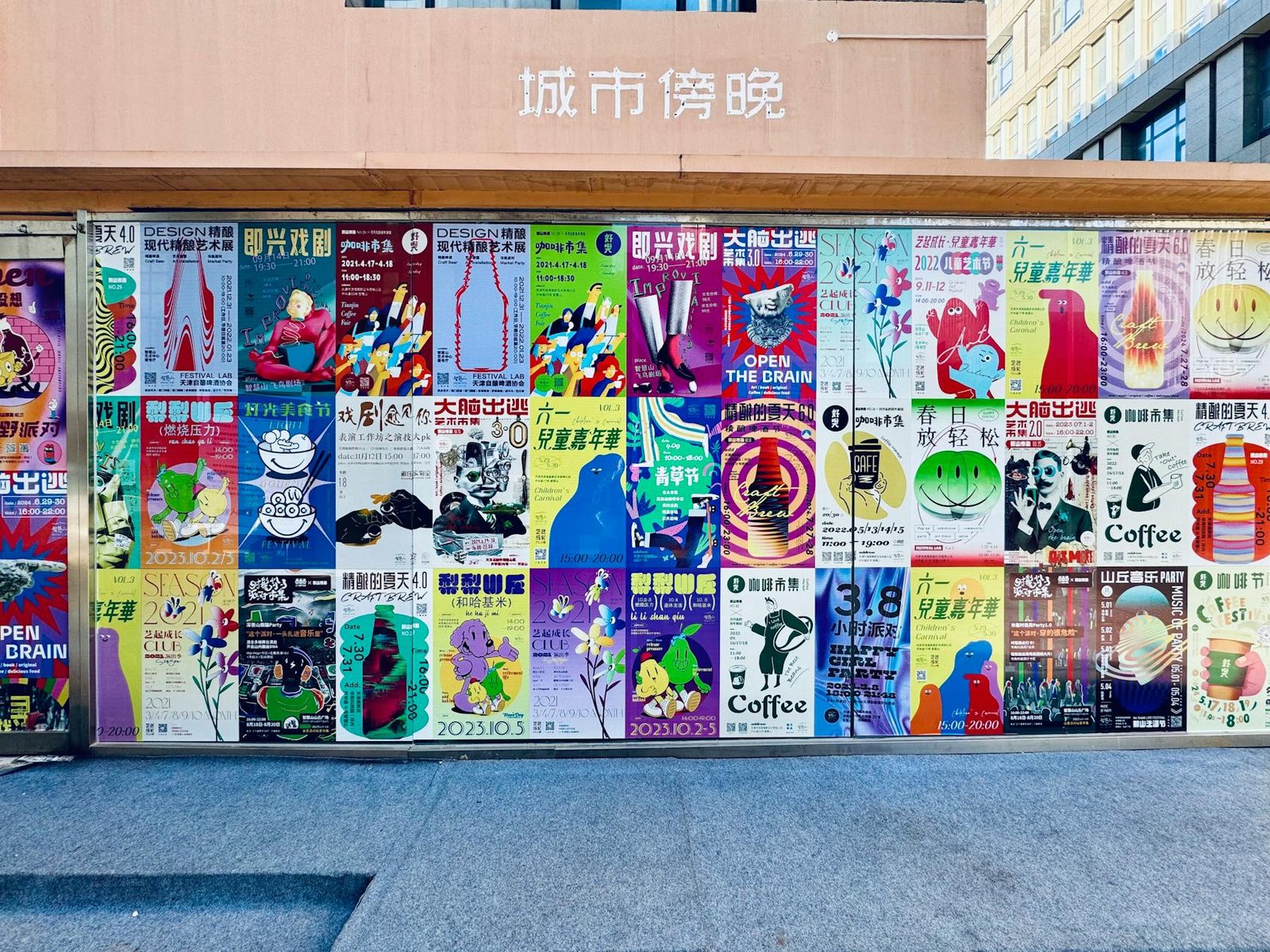Understanding Inbound Marketing
Definition and Importance
Inbound marketing’s all about giving out the good stuff—content that hooks the right folks without feeling pushy. By focusing on what people care about, you’re not just selling; you’re building connections that last. You’ve got the Flywheel model in your corner, spinning through its stages: attract, convert, delight, and engage (310 Creative).
Now, I remember the days of outbound tactics that had us dodging cold calls or yawning through trade shows. Inbound marketing flips the script, pulling folks in with meaningful content and lively social media chatter that keeps folks talking and thinking about your brand (HubSpot).
Benefits of Inbound Marketing
Using inbound marketing sends some serious perks your way. What’s in it for you? Take a look:
| Benefit | Description |
|---|---|
| Easy on the Wallet | With inbound leads usually costing a whole lot less than outbound ones, it ends up being a smart move for the wallet (Forbes). |
| Chill Approach | No need to shove ads in people’s faces. Inbound marketing lets folks browse your stuff when they feel like it. |
| Smart as a Whip | You’re not just selling, you’re teaching. This positions your business as the go-to guru in your field. |
| Keeps Score | Got numbers? You bet. Inbound marketing uses analytics to track what’s hitting the mark, so you know where to focus your efforts. |
| Leads All Day, Every Day | Unlike those one-off efforts, inbound keeps the leads rolling in by being useful and speaking to what folks want (Adobe Business Blog). |
These bonuses show why inbound marketing’s the secret weapon that every business needs. If you’re curious and want to see how others have nailed it, check out our inbound marketing examples and inbound marketing strategies.
Famous Inbound Marketing Examples
Checking out some success stories in inbound marketing can be quite eye-opening. Let’s take a look at a few game-changers who turned potential customers into lifelong fans.
Casio and HubSpot
So, Casio jumped on the HubSpot bandwagon and boy, did it pay off. By switching to HubSpot’s Growth Stack, Casio seriously upped its game. They boosted their sales opportunities by a whopping 496%. Not just that, they saw a 26% bump in their calculator product revenue. Now that’s what I call a good move. This just goes to show how using a holistic inbound plan can really bring in the dollars.
| Metric | Improvement |
|---|---|
| Sales Opportunities | 496% Boost |
| Revenue from Calculators | 26% Gain |
Spotify’s Personalized Email Strategy
Spotify nailed it with their personalized emails. They keep their users hooked by sending updates about events with their favorite artists. And who doesn’t love their “Wrapped” year-end campaign? It’s like the cherry on top, just for you. By tuning into what people like, Spotify keeps the connection alive and kicking.
| Strategy | Description |
|---|---|
| Personalized Emails | Updates on your favorite artists’ events |
| Wrapped Campaign | Year-end nostalgia trip of your music habits |
Netflix’s Content Recommendations
Netflix is the king when it comes to serving what you want to see, before you even know you want to see it. They work their magic with smart algorithms and loads of original shows and movies. It’s like they’ve got a crystal ball! This keeps folks glued to the screen and signing up in droves. Plus, their savvy use of social media keeps the buzz going and people talking.
| Strategy | Key Features |
|---|---|
| Recommendation Algorithms | It feels like content made just for you |
| Social Media Engagement | Keeping the chatter and loyalty alive |
These inbound marketing winners show how to really hit it off with the audience, boosting engagement, sales, and keeping the brand love strong. For more inspiration and tips, snoop around our stash of inbound marketing examples.
Key Components of Inbound Marketing
Inbound marketing is all about using a clever mix of techniques to bring people to your business and turn them into loyal supporters. Wrapping my head around these essentials can really boost my inbound marketing strategies.
The Flywheel Model
The Flywheel model is at the heart of my inbound marketing plan. It’s got four action-packed stages: attract, convert, delight, and engage. My mission here? To craft a killer customer experience by packing value into every step of the buyer’s journey.
| Flywheel Stage | Description |
|---|---|
| Attract | Pull in potential customers with engaging content and interaction. |
| Convert | Transform visitors into leads by offering targeted content and calls-to-action. |
| Delight | Amp up customer satisfaction with support and resources. |
| Engage | Forge lasting connections with meaningful interactions. |
By spinning this wheel right, happy customers stick around and chat up my brand, paving the way for even more chances to grow the business (310 Creative).
Importance of SEO
SEO, or Search Engine Optimization, is like the secret sauce of my marketing masterpiece. By pimping up my content for search engines, I pull more organic traffic to my site. This boost isn’t just about numbers; it also makes my brand look like a go-to resource.
Doing SEO right involves digging into keywords, pimping up those on-page bits, and building links. When my content matches up with what people are searching for, I snag their attention with the info they crave. Investing in SEO means fewer bucks to snag leads; the stats back it up—grabbing inbound leads is 61% cheaper than outbound ones (Forbes).
The Role of Valuable Content
At the heart of kicking butt in inbound marketing is serving up valuable, top-notch content that speaks to what potential customers need and want. We’re talking blog posts, videos, infographics, e-books—the stuff that makes people sit up and take notice. The goal? To be the wise friend who guides them through their buying journey.
When I churn out content that’s genuinely helpful, I win their attention and trust. This vibe makes them more likely to think of my products or services down the line (Hive Strategy Blog).
In essence, getting a handle on the Flywheel model, keeping SEO at the forefront, and churning out content that genuinely helps are key ingredients for smashing success in inbound marketing—ideals that can fuel my business growth. For more tips and help with inbound marketing, check out our articles on inbound marketing strategies and inbound marketing tools.
Implementing Inbound Marketing Tactics
I’m diving into the heart of inbound marketing tactics with a focus on three big guns: whipping up engaging blogs, making waves on social media, and crafting killer personalized emails. These aren’t just nice-to-have strategies—they’re must-dos for luring in quality leads and nudging them along the sales journey.
Blogging for Success
Blogging sits at the heart of my inbound strategy. By spinning out content that’s both valuable and informative, I not only catch the eye of my target folks but also answer their burning questions. It’s a savvy way to cement my status as an industry go-to while also greasing the wheels for improved search engine results—think of it as a magnet pulling organic traffic my way.
Keeping my blog bustling with regular updates lets me touch on various topics, each crafted with different buyer personas in mind. Smart keyword use within these posts boosts my visibility. I’ve seen the numbers, and they don’t lie—consistent blogging can bump up web traffic by 55% and crank up inbound links by a whopping 97%. Talk about letting your content do the talking!
| Blogging Numbers | Boost |
|---|---|
| Website traffic | 55% increase |
| Inbound links | 97% increase |
Stick around for more on building brilliant content in our post on inbound marketing content.
Leveraging Social Media
Social media is the turbocharger for my inbound efforts. It’s the perfect place to catch potential customers, steer them towards my blog, and sprinkle some magic dust on brand identity. Showing up consistently and chatting with the audience takes my inbound game to the next level (310 Creative).
On social media, I’ve got the chance to blow the trumpet for my blog, chit-chat with followers, and spark campaigns that reel in the newbies. The stats are clear—a whopping 64% of marketers swear by social media as a linchpin in their inbound plans. Getting the hang of different social platforms lets me click with my audience on a deeper note.
| Social Media Numbers | Role |
|---|---|
| Marketers backing social media for inbound | 64% |
For a deeper scoop on social strategies, flip over to our section on inbound marketing strategies.
Personalized Email Campaigns
Sending emails that hit home is key for turning leads into loyal sidekicks. With emails tailored to sync with recipients’ likes and needs, I’m building trust and engagement (310 Creative). This move can ramp up email earnings by a massive 760% from campaigns that are segmented right.
Breaking down my email list to match different groups or behaviors amps up the relevance of what I’m saying, pushing conversions in the right direction. Keeping folks hooked with custom content jazzes up open and click-through rates, which are the backbone of a winning inbound strategy.
| Email Numbers | Jump |
|---|---|
| Revenue from segmented email gigs | 760% increase |
Peek at our piece on getting the best from email marketing with our post on inbound marketing campaigns.
By treating these inbound marketing tactics as my special trio—pumping up blogs for spotlight, shaking up social media for chit-chat, and rolling out personalized emails—I can pull off a rock-solid plan that brings in, converts, and keeps customers sticking around.
Measurement and Analytics in Inbound Marketing
When gauging how well my inbound marketing efforts are doing, I hone in on three major metrics: website traffic, Marketing Qualified Leads (MQLs), and the bucks coming in. Each of these is like a puzzle piece that, together, paints the big picture of whether my marketing is hitting the mark or not.
Tracking Website Traffic
Website traffic is like the heartbeat of my marketing game. It shows if my strategies are pulling in potential customers or just taking a walk in the digital park. By breaking down who’s visiting from where—be it organic, paid, social, or referrals—I can tell what’s working. This helps me tweak things to keep users hooked and clicking that buy button more often.
| Traffic Source | Visits |
|---|---|
| Organic Search | 1,500 |
| Paid Ads | 400 |
| Social Media | 800 |
| Referral | 200 |
To keep those numbers climbing, it’s crucial to understand these visits. It directly ties into landing more customers and closing deals. Need to keep that traffic meter ticking? Check out inbound marketing strategies.
Marketing Qualified Leads (MQLs)
Counting MQLs is a big deal for someone in B2B marketing, like me. Seeing these leads rise each quarter gives a crystal ball glimpse into future chances. MQLs are best defined when potential clients are taking serious actions like asking for demos or chatting up sales teams.
| Quarter | MQLs Generated |
|---|---|
| Q1 | 50 |
| Q2 | 75 |
| Q3 | 100 |
| Q4 | 120 |
Tracking MQLs shows me if my strategies are gently nudging folks down the sales funnel. Want to see those numbers soar too? Peek at some inbound marketing tips for extra guidance.
Revenue Generation Analysis
The dollars and cents rolling in tell the real story of success. Revenue from one year to the next screams loudest about my inbound strategies’ health. It’s the bottom line, literally and figuratively. Keeping an eagle eye on it lets me see the return on investment getting bigger and better.
| Year | Revenue Generated |
|---|---|
| Year 1 | $50,000 |
| Year 2 | $80,000 |
| Year 3 | $120,000 |
This dive into revenue guides me in tweaking tactics to keep the growth train chugging. By zeroing in on these numbers and fine-tuning my approach, I can make sure my inbound campaigns keep bringing the bacon home. For more killer strategies, take a gander at inbound marketing campaigns and put them to good use.
Strategies for Inbound Marketing Success
Kicking up the effectiveness of my inbound marketing tactics is a no-brainer for reeling in and keeping my customers around. Here’s a peek at smart moves to level up my marketing game.
Content Creation for Funnel Stages
Inbound marketing is like giving a gift—send out the good stuff through real-deal, worthy content. Figuring out the stages of the buyer’s journey—whether they’re just browsing, weighing options, or ready to buy—is key. I make it my mission to whip up content that gets folks hooked and matches their spot in the buying process.
| Funnel Stage | Content Types |
|---|---|
| Awareness | Social media buzz, blog musings, catchy infographics |
| Consideration | Ebooks, success stories, online hangouts (webinars) |
| Decision | Try-before-you-buy demos, showdown guides, happy customer tales |
For some extra tips on how to share that content like a pro, don’t miss out on our article about inbound marketing content.
Building Buyer Personas
Nailing down detailed buyer personas is like rocket fuel for my marketing plans. I paint a picture of the dream customer by looking at things like who they are, what they do, and what keeps them up at night (Hive Strategy Blog). Knowing who’s listening on the other end allows me to craft messages that hit home. This way my content strategy speaks directly and makes leading potential clients a walk in the park.
| Persona Feature | Description |
|---|---|
| Demographics | Age, gender, hangout spots |
| Goals | What dreams they’re chasing |
| Challenges | Things they need us to help solve |
Digging into different buyer personas can seriously rev up engagement, so why not swing by my musings on inbound marketing strategies?
Seamless Conversion Path Design
Crafting a smooth conversion path is like setting the stage for visitors to turn into trusty leads. It’s all about setting the trap with irresistible calls-to-action (CTAs), perfectly timed landing pages, and continual follow-ups. The good stuff includes:
- Call-to-Action (CTA): Gives a nudge toward the next step.
- Landing Page: Grabs info contacts for replying with something truly beneficial.
- Form: Gets the intel needed for the lead gen dance.
- Thank You Page: Signs off with gratitude and hints at what comes next.
- Follow-Up Email: Keeps the chat going and drops more goodies.
Keen on sharpening your conversion path skills? Check out my reflections on inbound marketing campaigns.
By following these tactics, I’m setting my inbound marketing straight, ensuring each move ticks the box for winning over and keeping customers coming back for more.
Comparing Inbound and Outbound Marketing
So you’re sitting there wondering – what’s the difference between inbound and outbound marketing strategies? I’ve poked around in both of these marketing worlds, and I’m here to spill the beans on their main tactics and perks.
Inbound Marketing Strategies
Inbound marketing is like inviting people to your party with great content, making sure you’ve got what they want. Here’s how it’s done:
- Website Design: Make your website nice and easy to browse, like a roadside diner everyone wants to stop at.
- Calls-to-Action (CTAs): Little nudges like “sign up here” or “grab this eBook” that keep folks engaged.
- SEO: It’s all about making your stuff visible to search engines so folks find you without a hitch.
- Content Creation: Dishing out juicy blogs, snappy videos, or cool infographics tailored to what your audience digs.
- Social Media: Think of it like hosting a meet-and-greet on platforms where your audience hangs out.
- Email Marketing: Sending the right message to the right folks at just the right time.
Throw all these together, and you’ve got the recipe for a killer inbound marketing campaign that pulls in, wins over, and keeps your customers coming back for more.
Outbound Marketing Strategies
Outbound marketing is like shouting your message with a bullhorn to whoever’s in earshot. It’s old-school but can still get the job done:
- TV Ads: Reach a lot of folks, but kinda like fishing with a net instead of a fishing pole.
- Radio Commercials: Similar to TV, they get the message out there, but you’re not picking who hears it.
- Print Ads: From brochures to newspapers, it’s as physical as it gets, though not always direct.
- Billboards: Big, flashy, and in-your-face for everyone that’s stuck in traffic.
Think of outbound marketers as street performers trying to capture attention from passersby, whereas folks have moved more into cyber territory (Adobe Business Blog).
Advantages of Inbound Marketing
Why should you care about inbound marketing? Well, here’s the scoop:
- Non-Invasive: It’s like offering a comfy seat instead of forcing someone into it, folks appreciate that.
- Educational: Educating your potential buyers helps them make the right choice—from their perspective, not yours.
- Quantifiable: You can count the beans easily—tracking who’s interested in what you’re selling.
- Continuous Lead Generation: Like planting seeds that grow leads over time with content that never goes stale.
- Content for Each Funnel Stage: You offer just what they need, right when they need it, making them more likely to seal the deal (Adobe Business Blog).
Wrap your head around these differences, and you’ll sharpen your strategy to fit exactly what your business and fans need. Dive deeper into our inbound marketing strategies to discover more goodies.




















